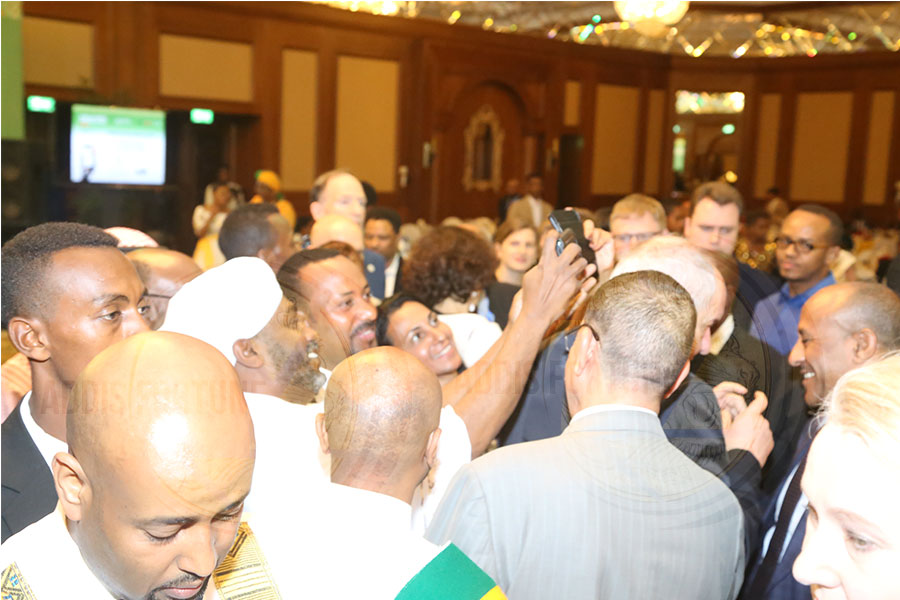
Photo Gallery | 173786 Views | May 06,2019
Sep 15 , 2025. By AMANUEL BEKELE ( FORTUNE STAFF WRITER )
Fourteen years after its start, the Grand Ethiopian Renaissance Dam, Africa’s largest, now stands astride the Blue Nile. With a height of 170 metres and a length of 1.8Km, the GERD is projected to generate 5,150Mw of electricity, enough to power more than half of Ethiopia’s current needs. Over 25,000 workers laboured on the project, which has been described as “Project X” since the time of Emperor Hailesellasie.
The Grand Ethiopian Renaissance Dam (GERD), Africa’s largest hydroelectric power project, was formally inaugurated last week, ending a 14-year journey marked by intense national pride, financial improvisation, and geopolitical contention. Built on the Blue Nile in western Ethiopia, the 170-metre and 1.8Km Dam is now erected as a marvel of self-financed infrastructure and a lightning rod in transboundary water politics.
"The future has begun," declared Pietro Salini, CEO of Webuild, the Italian contractor.
At an installed capacity of 5,150MW and a reservoir holding 74 billion cubic metres, the GERD is expected to generate 15,760GWh annually, covering more than half of Ethiopia’s current electricity needs and as much as 80pc within a decade. However, the five billion dollar price tag, nearly quadruple its original Birr-denominated estimate of 80 billion Br, also demonstrated the economic strain of mega-projects in volatile economic environments. The state-owned Commercial Bank of Ethiopia (CBE) shouldered over 90pc of the cost, while the Chinese ExIm-Bank provided a one billion dollar loan to build transmission infrastructure.
Launched by the late Prime Minister Meles Zenawi on April 2, 2011, and historically codenamed "Project X," the Dam became emblematic of a developmental state vision titled "Growth & Transformation Plan (GTP)" to boost generation capacity to 10,000MW, rooted in self-reliance.
"We've massive plans for power-generating projects," Meles had said a month before his presence on the project site in Guba, Benishangul Regional State. "At least, we will start the main, and bigger, one this year."
However, with international financing blocked by geopolitics, Ethiopians at home and abroad stepped in, contributing over 20 billion Br through bonds and public campaigns. This model, carried through successive administrations, from Hailemariam Desalegn to Abiy Ahmed (PhD), has made the GERD as much a political artefact as a power station.
"This dam will be a symbol of our renaissance," said Meles during the launching of the construction. "We'll build it with our own hands and our own resources."
The Ethiopian Electric Power Corporation (EEPCo) awarded the contract to the Italian firm Salini Costruttori, since renamed "Webuild". Girma Birru, then board chairman of EEPCo, signed the agreement. Two senior engineers, the late Simegnew Bekele (for electromechanical operations) and Kifle Horo (for civil engineering), were assigned to follow up with Salini on the works, which deployed 25,000 work force. In 2019, a decision was made to downsize the initially installed capacity from 6,450MW to 5,150MW, reducing the number of turbines from 16 to 13, a move intended to lower the unit cost without impacting the GERD's average annual energy output.
The Dam, originally named the Millennium Dam before being rebranded as the Grand Ethiopian Renaissance Dam (GERD), marks its completion as a rare moment of continuity in Ethiopia’s fractured political timeline. Nonetheless, if the engineering is now settled, the diplomacy remains contested. Egypt, which depends on the Nile River for over 90pc of its water supply, has consistently opposed unilateral actions on the River. Egyptian leaders, past and present, have alluded to military options, with President el-Sisi recently reaffirming that “no one can take a single drop.” President Anwar Sadat once warned that if Ethiopia blocked the Nile, "there will be no alternative but war." In 2013, then-President Mohamed Morsi declared that "All options are open."
"If Egypt is deprived of its water, our blood is the alternative," he said.
Sudan, while more ambivalent, has warned of safety risks and pressed for a binding operational accord. Former Prime Minister Abdalla Hamdok, in 2020, acknowledged the benefits of regulated flooding and lower electricity costs.
"GERD offers great opportunities for Sudan," he said.
Nonetheless, Khartoum has raised safety concerns and demanded a binding operational framework.
Decades-old treaties from the colonial era, the 1929 and 1959 water-sharing agreements, remain a point of contention. Ethiopia, never party to these pacts, maintains it has no legal obligation to abide by them. For Adem Kamil (Prof), researcher and director of foreign affairs at the Ethiopian Islamic Conference, the GERD is designed to serve national progress. He rejected the legitimacy of historic water-sharing treaties that excluded Ethiopia.
"Ethiopia didn't have any input in the agreements," he said. "It doesn't assume any obligations."
However, repeated rounds of mediation, from Washington to the African Union (AU), have yet to yield an enforceable consensus. Proposals have been made to establish a permanent and institution-based diplomatic mechanism for undertaking negotiations, modelled after agencies such as the US-Mexico International Boundary & Water Commission.
Tensions peaked in 2020 when then-President Donald Trump casually remarked that Egypt “might end up blowing up that dam,” a comment that derailed US-led negotiations. This period of US mediation was particularly tense, with the Abiy Administration facing considerable pressure and a controversial statement from the US Treasury urging Ethiopia not to begin filling the Dam until a deal was reached.
The European Union (EU) has consistently urged compromise, with former Commissioner Josep Borrell declaring it was "time for action and not for increasing tensions." Throughout the years of talks, various proposals have been considered, from establishing a formal, institutional body to manage negotiations to pushing for the ratification of the 2010 Cooperative Framework Agreement (CFA) to create a basin-wide legal framework for equitable water use.
Throughout the protracted negotiations, Ethiopia has maintained that the GERD is vital to its development and "will not cause significant harm downstream." At the inauguration of the first turbine in 2022, Prime Minister Abiy Ahmed declared that "nothing would stop Ethiopia from now on."
However, for many Ethiopians, GERD is less about regional power politics and more about existential necessity. Energy poverty remains a barrier to industrial growth and human development. In the last fiscal year, the country earned 118 million dollars from electricity exports, a figure projected to rise to 220 million dollars this year. With the GERD operation in full capacity, it is projected to provide electricity to 25 million people domestically and generate close to one billion dollars from electricity exports. The Ethiopian Electric Power (EEP) reported a record 75.4 billion Br in revenue last year, a threefold increase driven mainly by the GERD, which contributed one-third of the total electricity output.
Beyond power, the GERD covering a 1,875Km reservoir surface area is expected to create new economic ecosystems, from fisheries (10,000tns) to tourism. Still, the Dam’s completion does not signal closure. The operational management, emergency protocols, and water-sharing frameworks are all works in progress. Proposed regional mechanisms, such as the Nile Basin Commission or a GERD-specific treaty, remain mired in mistrust between the riparian states.
Analysts say whether the GERD becomes a stabilising force or a perennial flashpoint will depend not only on megawatts, which is equivalent to three nuclear power plants, but on diplomacy. Ethiopia's leaders have finished building the Dam. Now it is expected to build consensus.
Adem, the researcher, insisted that Ethiopia had no hostile intentions.
"If it did, it could have redirected the six rivers feeding the Nile long ago."
It is a voice that echoed the address by Prime Minister Abiy last week during the inaguration of the GERD.
"The hunger of our brother in Egypt and in Sudan or anywhere else is our hunger," he told delegates, including heads of state such as Djibouti’s Ismael Omar Guelleh and Kenya's William Ruto.
The conspicuous absence of leaders from Egypt and Sudan was apparent at the event lat week.
"We've no intention of harming anyone," said Prime Minister Abiy.
PUBLISHED ON
Sep 15,2025 [ VOL
26 , NO
1324]

Photo Gallery | 173786 Views | May 06,2019
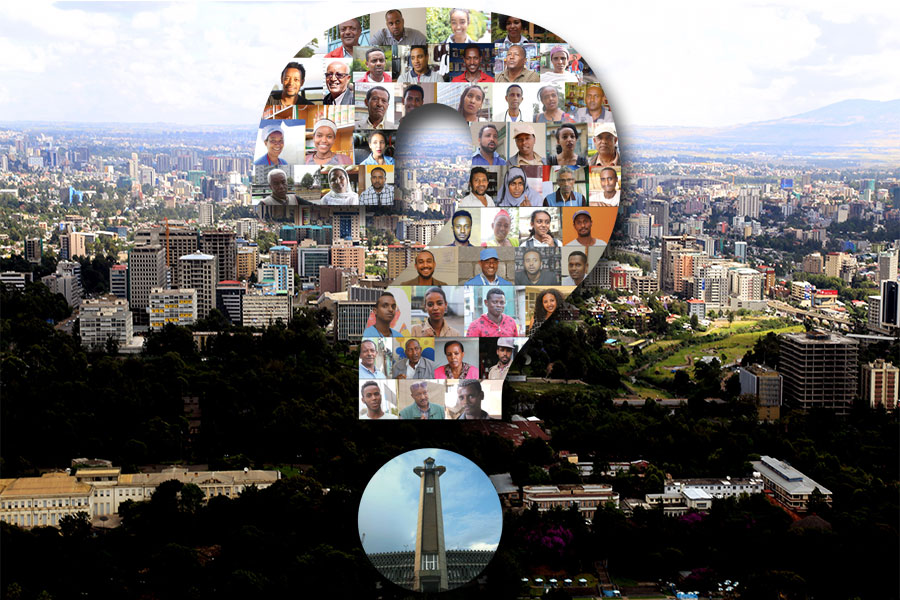
Photo Gallery | 164012 Views | Apr 26,2019
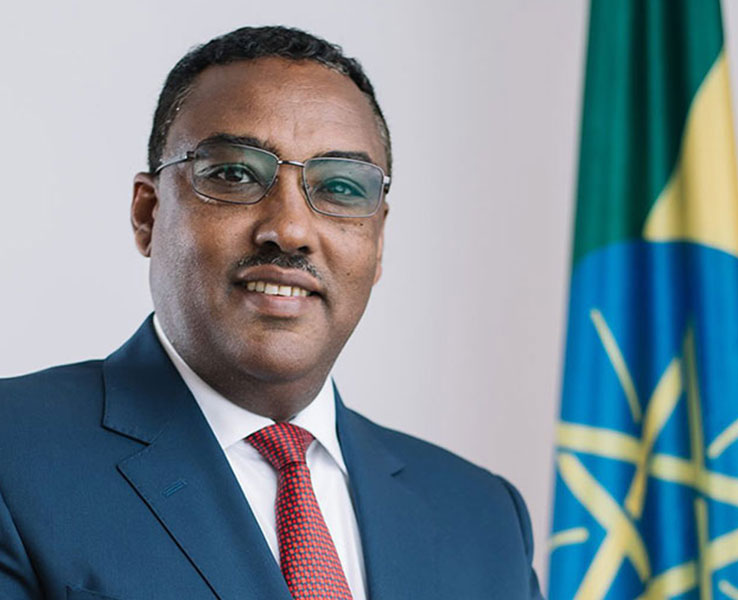
Photo Gallery | 154067 Views | Oct 06,2021

My Opinion | 136576 Views | Aug 14,2021
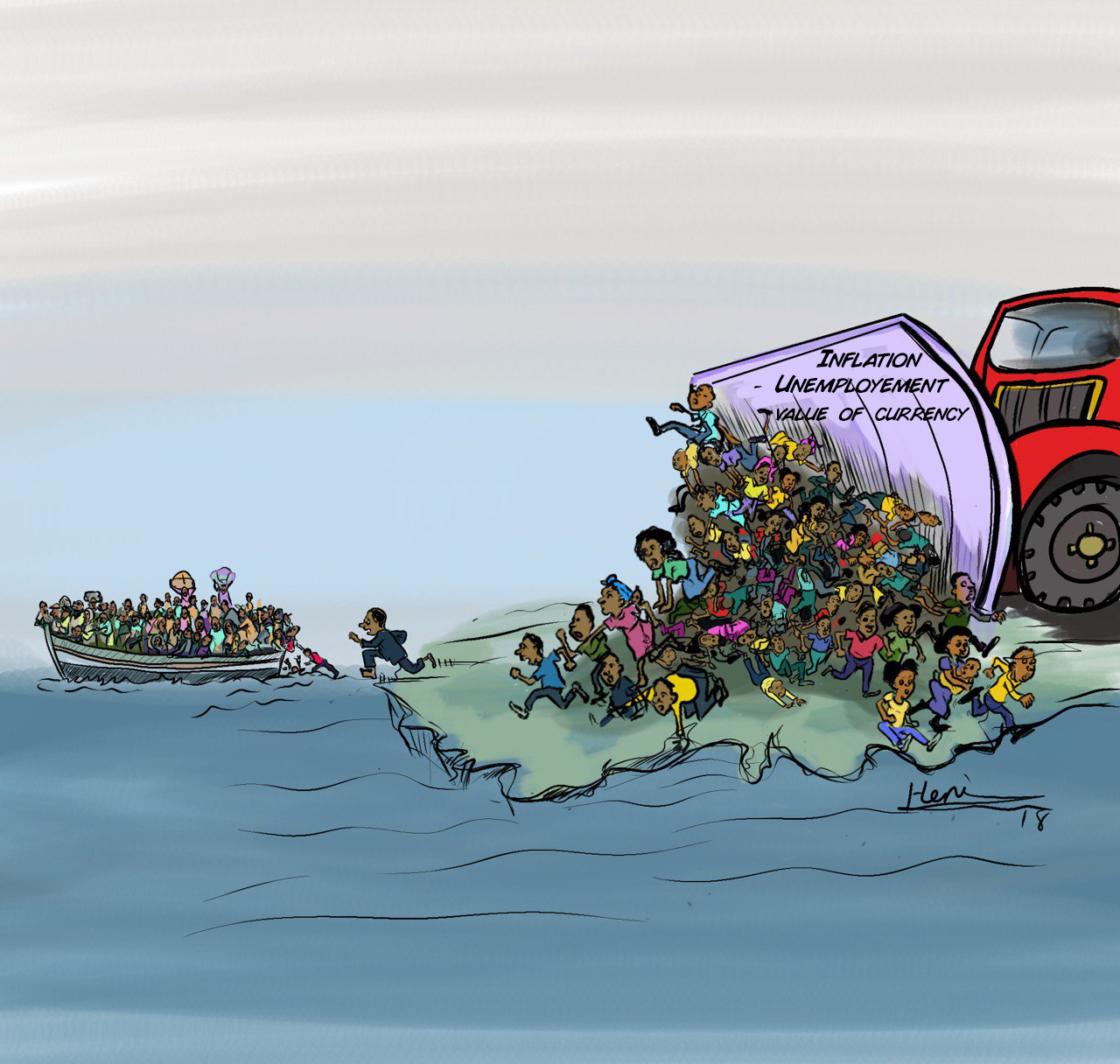
Oct 11 , 2025
Ladislas Farago, a roving Associated Press (AP) correspondent, arrived in Ethiopia in...
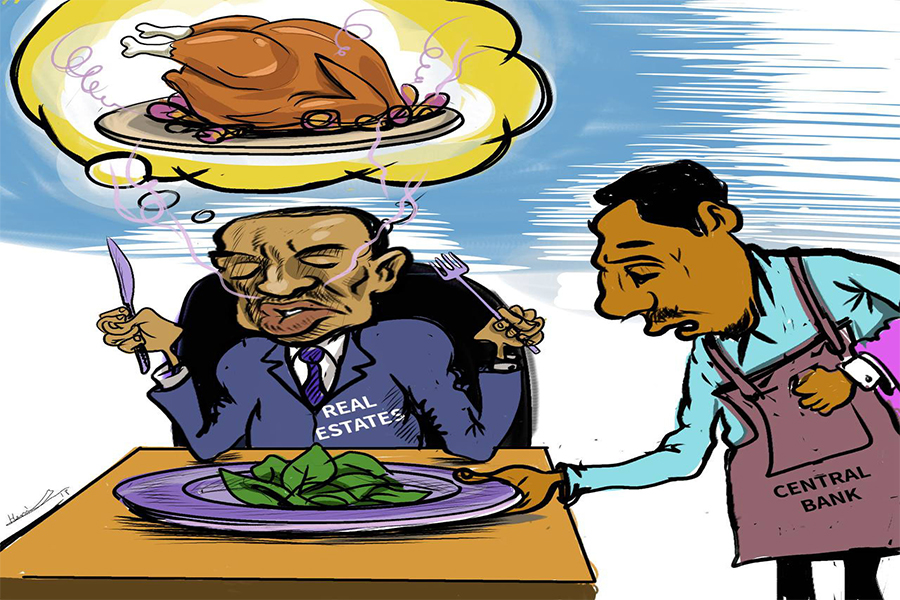
Oct 4 , 2025
Eyob Tekalegn (PhD) had been in the Governor's chair for only weeks when, on Septembe...
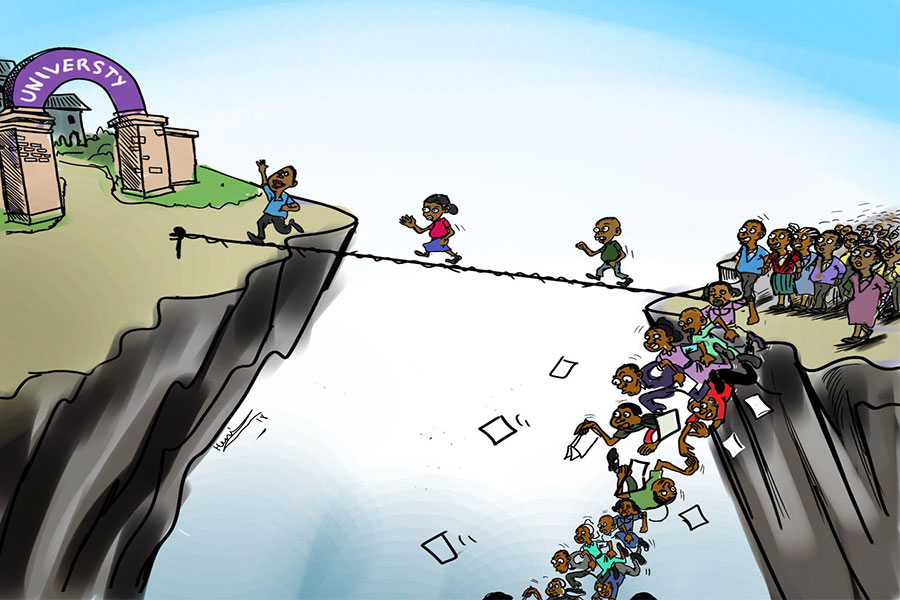
Sep 27 , 2025
Four years into an experiment with “shock therapy” in education, the national moo...
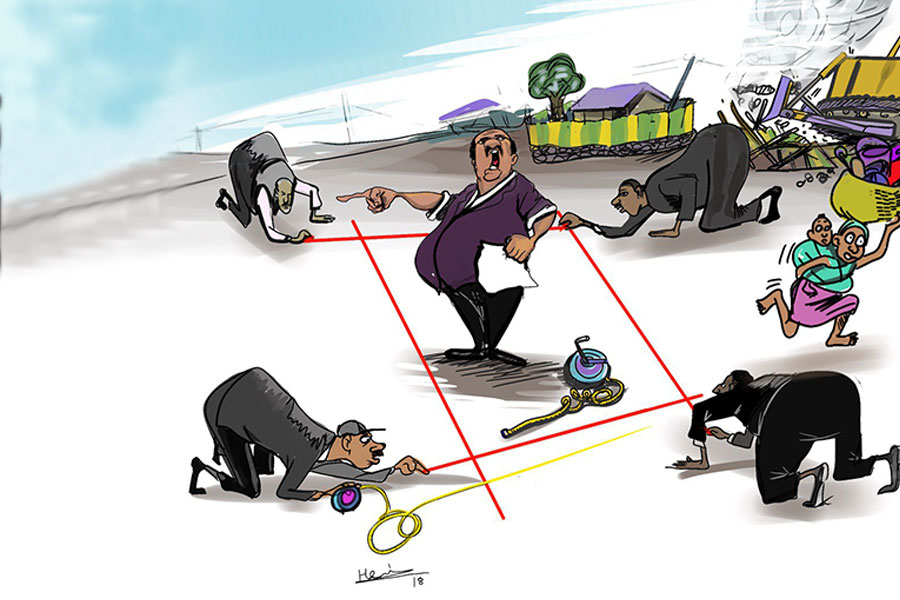
Sep 20 , 2025
Getachew Reda's return to the national stage was always going to stir attention. Once...